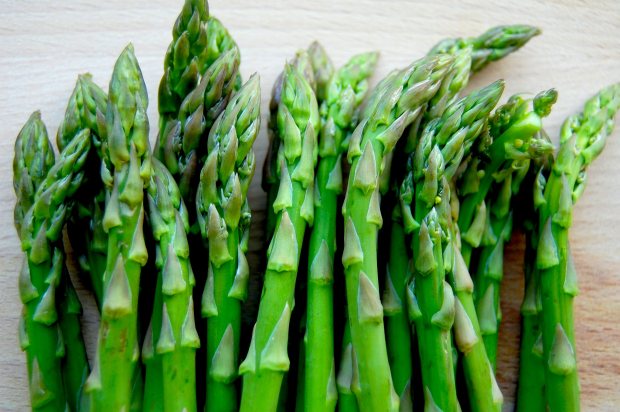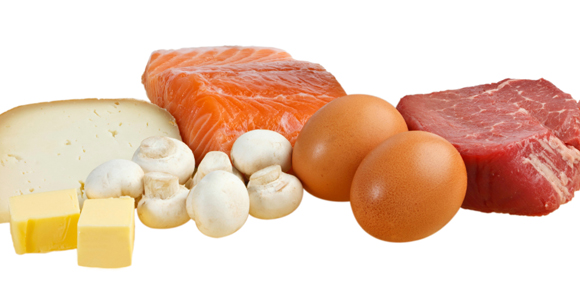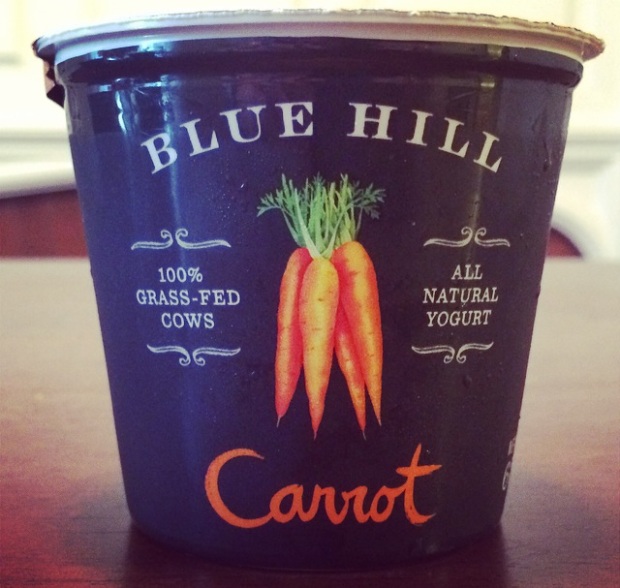Winter is finally coming to a close. As I write this post St. Patrick’s day is slipping away, meaning one thing, Spring. Even as a dietitian, I can honestly tell you I am sick and tired of eating heavy food. If I consume one more meal with a meat and potato base, I might just turn vegan and say to hell with it.
Much like we turnover our closets come warmer weather, we should also do the same to our diets. Out with the sweaters, in the kale! No more elastic waist sweatpants, football jerseys or perpetual yoga pant wearing. Same can be said for what we consume. It is time to ‘retire’ all the dense, warm foods and bring in the dietary version of jorts. For those of you unaware of the jort fanomon, they are jean shorts. Jean + shorts = jorts. Consider yourself youthanized. See what I did there?
So here I am. To provide you with ideas for ways to get out of eating canned food and back into the produce section!
Spring Diet Overhaul: 2015
1. Fruit
Stop eating apples and oranges. I feel as though my fruit consumption this winter was a math problem your third grade teacher asked you to solve. ‘If you have 4 apples and Brad eats two of them, but then Andrea gives you 3 oranges, how many pieces of fruit do you now have?’ For the love Chiquita Banana, please give me more options! Spring will now provide you with seasonal fruits such as apricots, honeydew, mango, pineapple and strawberries. Dig in!
2. Vegetables
Potatoes, carrots, brussels sprouts and parsnips has been the bounty of the winter doldrums. I feel I have reinvented ways to make sweet potatoes 20 times over the past few months. Roasted, mashed, grated, steamed – you name it. My winter vegetable series looked something like Red Robin’s hamburger menu. Sure, you can add different toppings and condiments, but it all starts to taste the same after a while. Good news! Spring vegetables include asparagus, broccoli, snow peas and spinach. These next few months are basically the equivalent of a movie I hope to produce one day, ‘Spring’s Green Latern’. You are welcome Ryan Reynolds for the quasi plug.
Check out local vendors and grocery stores for seasonal proteins in your area. And do not forget to reincorporate whole grains. I know you’ve been living on nothing but sticky white rice, Cocoa Puffs and sourdough bread for the past few months. So get to gettin’! The bounty is here and you needs some vitamins. I mean seriously, your skin could use some help. Believe me, I know. I am pretty sure I look translucent these days and skin flakes the size of quarters are falling off my face.



